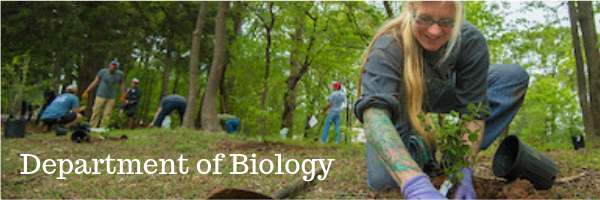
Faculty and Student Publications
Document Type
Article
Publication Date
6-1-2021
Abstract
In landscape genetics, it is largely unknown how choices regarding sampling density and study area size impact inferences upon which habitat features impede vs. facilitate gene flow. While it is recommended that sampling locations be spaced no further apart than the average individual's dispersal distance, for low-mobility species, this could lead to a challenging number of sampling locations, or an unrepresentative study area. We assessed the effects of sampling density and study area size on landscape genetic inferences for a dispersal-limited amphibian, Plethodon mississippi, via analysis of nested datasets. Microsatellite-based genetic distances among individuals were divided into three datasets representing sparse sampling across a large study area, dense sampling across a small study area, or sparse sampling across the same small study area. These datasets were a proxy for gene flow (i.e., the response variable) in maximum-likelihood population effects models that assessed the nature and strength of their relationship with each of five land-use classes (i.e., potential predictor variables). Comparisons of outcomes were based on the rank order of effect, sign of effect (i.e., gene flow resistance vs. facilitation), spatial scale of effect, and functional relationship with gene flow. The best-fit model for each dataset had the same sign of effect for hardwood forests, manmade structures, and pine forests, indicating the impacts of these land-use classes on dispersal and gene flow in P. mississippi are robust to sampling scheme. Contrasting sampling densities led to a different inferred functional relationship between agricultural areas and gene flow. Study area size appeared to influence the scale of effect of manmade structures and the sign of effect of pine forests. Our findings provided evidence for an influence of sampling density, study area size, and sampling effort upon inferences. Accordingly, we recommend iterative subsampling of empirical datasets and continued investigation into the sensitivities of landscape genetic analyses using simulations.
Relational Format
journal article
Recommended Citation
Burgess, S. M., & Garrick, R. C. (2021). The effect of sampling density and study area size on landscape genetics inferences for the Mississippi slimy salamander (plethodon mississippi). Ecology and Evolution, 11(11), 6289–6304. https://doi.org/10.1002/ece3.7481
DOI
10.1002/ece3.7481
Accessibility Status
Searchable text

